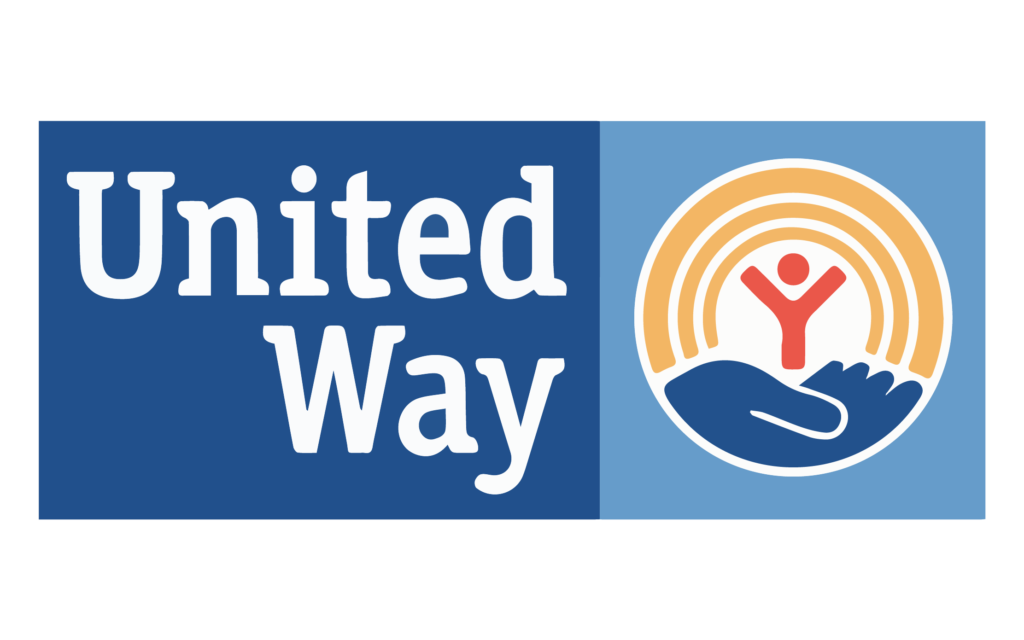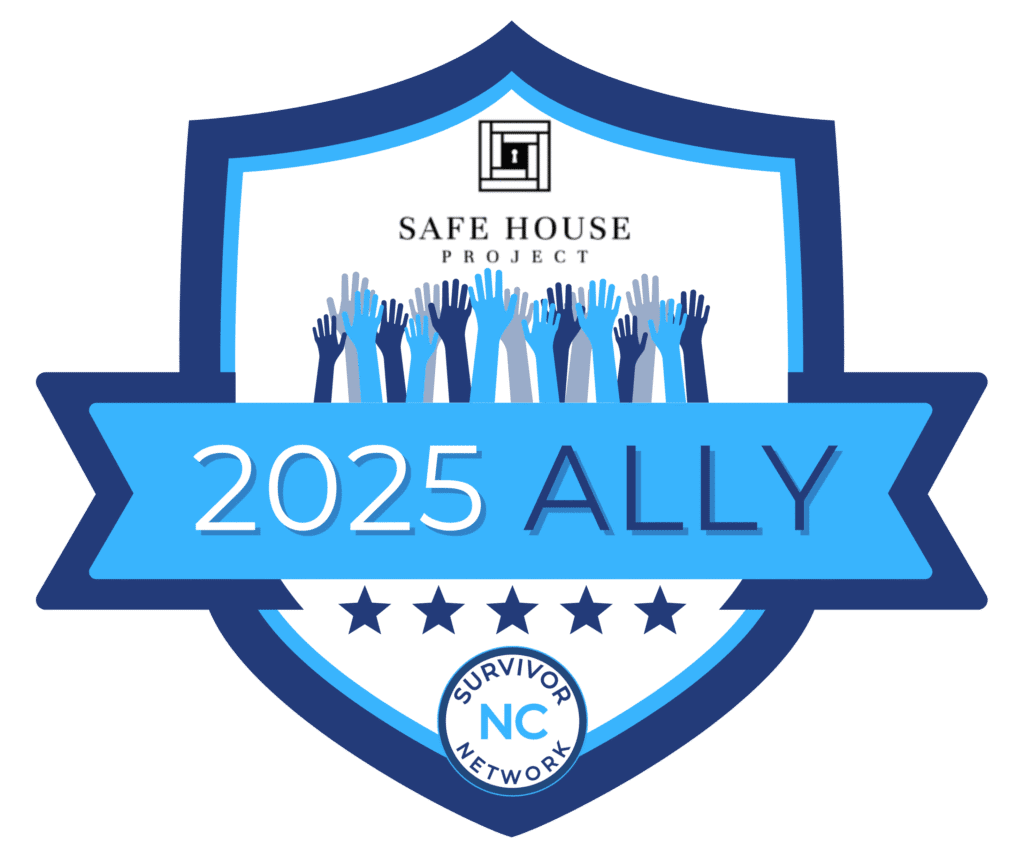WHO ARE HUMAN TRAFFICKERS?
Every year, millions of people are victimized by human trafficking across the globe, including hundreds of thousands of men, women, and children in the United States. While public understanding of human trafficking has grown significantly in recent years, misconceptions about traffickers still shape the way many people view the crime. However, effectively combating human trafficking requires clear information about who traffickers are, how they operate, and the methods of control they use.
Common Misconceptions About Human Traffickers
Media portrayals often suggest that traffickers are strangers who abduct people and transport them across international borders. While this image is widespread, it does not reflect the reality of the vast majority of trafficking situations. Most victims are exploited by someone they know in their own community, including family members, romantic partners, friends, peers, or employers. These existing relationships often allow traffickers to gain the trust of their victims before escalating to exploitation.
Most survivors report being trafficked in their own neighborhoods or homes, and many never cross state lines or travel between cities while being exploited. Despite the general perception that trafficking victims come from other countries, about 94% of identified survivors in the U.S. are citizens exploited by other citizens.
When the general public believes that trafficking victims are only young women and children, many survivors who don’t fit this profile are left without opportunities to be identified. Instead of focusing on a single demographic, traffickers look for existing vulnerabilities that they can use as methods of isolation and control. Trafficking survivors represent all ages, genders, races, and socioeconomic backgrounds in the U.S., but people are more frequently targeted when they experience systemic and social challenges like poverty, homelessness, past abuse, social isolation, and addiction.
Types of Trafficking Relationships
Just as trafficking survivors do not fit a single stereotype, human traffickers vary in age, gender, race, and occupation. Some operate independently, while others are part of small groups or organized criminal networks. Despite these differences, traffickers consistently seek to exploit others for commercial sex, services, or labor for their own financial profit.
Traffickers often rely on existing relationships to gain access to and maintain control over their victims, including:
- Family Members or Guardians — A significant percentage of trafficking victims, especially minors, are exploited by relatives, including parents or grandparents. At least 40% of child sex trafficking survivors are trafficked by a family member or guardian, and many are exploited in the foster care system by foster parents or siblings. These cases are extremely difficult to identify because the abuse frequently occurs in private homes and may be disguised by family dynamics.
- Intimate or Romantic Partners — Traffickers regularly pose as romantic partners to build trust and emotional dependence before the exploitation begins. This grooming process, called “boyfriending”, can take place over weeks or even months as the trafficker initially showers their victim with love, attention, and gifts before manipulating them into commercial sex or labor.
- Friends or Peers — Some victims may be recruited into a trafficking situation by a friend or peer, sometimes by someone who is being exploited themselves. This commonly occurs in schools, community groups, or online platforms and takes advantage of trusting relationships, which traffickers exploit to gain control.
- Employers — Traffickers may use their position as an employer to force their victims to engage in commercial sex or labor under the threat of harm, withheld wages, or unsafe working conditions. Many traffickers also restrict access to food, medical care, housing, or basic necessities. In some cases, victims are trapped through debt bondage, in which their trafficker uses repayment of a loan to exert control, often while manipulating the terms of the debt to ensure that the victim will never be able to pay it off.
- Gang Members or Organized Crime Networks — Trafficking can be part of a broader criminal enterprise, through which victims are forced to engage in sex or labor exploitation alongside other illegal activities. Sex trafficking may be disguised as prostitution involving a pimp. Victims under this form of control regularly face multiple layers of control, including threats of violence, forced participation in other crimes, substance abuse, and dependence on traffickers for protection.
Methods of Control
Many traffickers use physical, emotional, and/or psychological abuse to establish power. These methods may differ between trafficking situations, but many rely on the trauma bonds created through cycles of abuse and rewards to keep victims compliant, silent, and trapped in exploitation. Common forms of trafficking abuse include:
- Physical Violence — 92% of sex trafficking survivors report experiencing at least one form of physical violence, and on average, report more than 6 of the 12 forms of violence.
- Sexual Violence — 82% of sex trafficking survivors report being raped, with 68% reporting forced unprotected sex. 29% say they were forced to recreate violent scenes from pornography.
- Mental Health Problems — 98% of sex trafficking survivors have at least one serious psychological issue while being trafficked, and on average, report 12 mental health problems. These conditions frequently include clinical depression and anxiety, complex PTSD, dissociative disorders, personality disorders, depersonalization disorders, and mood disorders. At least 42% of survivors have attempted suicide at least once. Traffickers regularly take advantage of existing mental health problems or emerging conditions to exert further control.
- Substance Abuse — 84% of sex trafficking survivors report abusing substances during exploitation, with 28% saying that their trafficker forced them to use substances to keep them compliant. Many survivors did not use drugs or alcohol before their trafficking experience.
- Financial Abuse — 39% of sex trafficking survivors report that their trafficker withheld their pay from them or had extensive control over their money.
- Homelessness — A lack of housing is a leading risk factor for trafficking victimization. Between 25% and 40% of youth who experience homelessness also experience sex trafficking, and traffickers approach 22% of these victims on their first night of homelessness
- Psychological Manipulation — Traffickers regularly use tactics like gaslighting, guilt-tripping, love bombing, and trauma bonding to establish emotional control over their victims. Love bombing through excessive displays of affection, giving extravagant gifts, and other grand gestures can foster positive bonds with the victim, while gaslighting and guilt-tripping can wear down their self-confidence and trust in their own perceptions, making it easier for the trafficker to manipulate them.
- Economic Dependence — Traffickers often target people experiencing economic hardship or unemployment, promising opportunities to make money or lessen their debts. They frequently and increasingly control their victims’ access to financial resources, phones, documentation or personal identification, and their ability to work independently to restrict their opportunities to leave.
- Exploitation of Hope — Promises of love, a better life, job opportunities, or independence are an extremely common and effective tactic for traffickers to coerce their victims into exploitative activities. Children and youth being promised love by their romantic partner or people experiencing homelessness or unemployment are especially vulnerable to this tactic.
The control inherent to a trafficking situation is often so strong that leaving exploitation is incredibly difficult for survivors. Many survivors say that they tried to leave multiple times, but were forced to return to their trafficker because they had no safe place to go, no way to buy food or basic necessities, and no way to protect themselves from being found by their trafficker. Most survivors also face severe and co-occurring physical, mental, and behavioral health conditions, as well as addiction, which require comprehensive and immediate support. Without access to emergency services and long-term restorative care, 80% of survivors are revictimized.
How You Can Help
Human trafficking happens in every community, from rural towns to large urban centers and from private homes to city streets. All of us can educate ourselves and those around us to be aware of the signs of trafficking and report suspicious activity. Traffickers depend on stereotypes, myths, and ignorance to keep their victims hidden. By recognizing that both traffickers and survivors can be anyone, we can overcome the culture of silence around human trafficking. Together, we can build proactive communities to combat human trafficking, bring traffickers to justice, and restore hope, freedom, and a future to every survivor.
To learn more about what human trafficking looks like, take our free OnWatch training.
To report tips about human trafficking and connect survivors to emergency support, download our Simply Report app.








